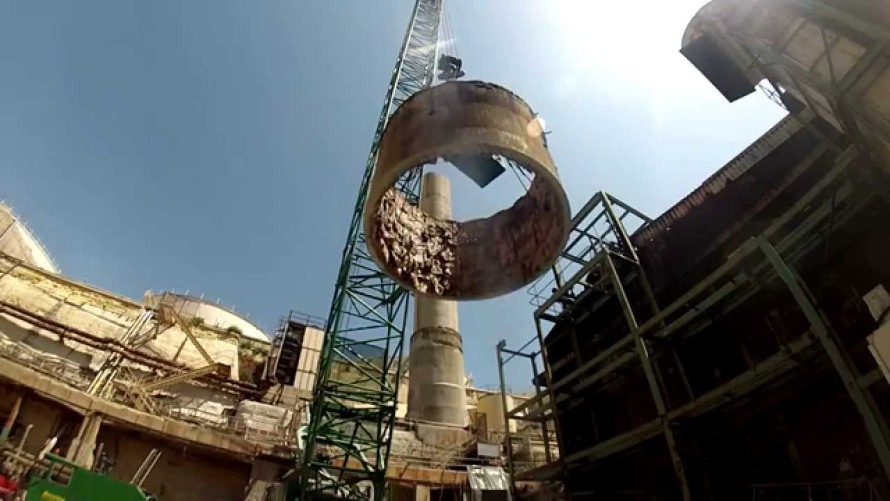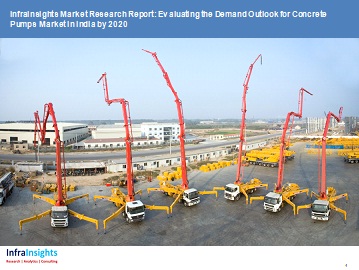Of the 315 GW of installed power generation capacity, nearly 215 GW are Thermal Power Plants. As per an estimate, nearly 30-35% of the 215 GW is contributed by thermal power plants with over 25 years old and a large number of them are fast approaching 40, which is considered the end of their useful life span. As per Association of Power Producers, 188 thermal power plants out of a total 396 are more than 25 years old. Power plants that have surpassed 25 years of age, consume more coal, produce less power and are a major contributor to air pollution; Operating PLFs of these plants can go below 40%. In December 2015, the Ministry of Environment, had issued notification to asking all proposed thermal power plants to use at least 30% less water than the existing ones, and told operating plants to reduce their water usage by at least 10%. The ministry had notified the emission standards for thermal power plants (TPPs) on December 7, 2015 and had set December 2017 as the deadline for implementing it. However, nothing seems to have moved on this front, as the cost of setting up FGDs or Bag filters are too high and it make sense to scrap these power plants than to invest huge sums in technology to cut down on pollutions levels in power plants that have lived its utility age. InfraInsights through its research report “Renewing or Dismantling Old Thermal Plant is an Emerging Multi-Billion Dollar Business Opportunity”, aims to scan the entire universe of Thermal Power Plants in India and identify the plants that are likely to fall in either of the bucket of R&M or Dismantling. Report will be delivered through mix of primary and secondary research, wherein, InfraInsights team will shortlist power plants that are likely to be dismantled or Refurbished and validate the same with state generation companies; most of these power plants are state generation companies owned. Report will be useful for OEMs & EPC companies that will play a major role in both renovating the power plants from sub-optimal to supercritical power plants and also dismantling the plants for which extension of life or renewal of technology doesn’t make business sense. Some of the utilities have started taking decisions, for instance The Ennore thermal plant comprises two 60 mw units and three 110 mw units, which were commissioned between 1970 and 1975 are slated to be decommissioned in 2017. Report will contain detailed profile, which will outline, COD, Installed capacity, operating capacity, operating PLF, specific coal consumption, specific water consumption, pollution levels, etc…and based on these parameters, power plants in the bottom 60% are most likely to become candidate for dismantling, while the remaining 40% will be taken up for R&M / Life extension initiative. Given the power demand scenario, new power plants additions are expected to slow down and government is likely to focus on consolidating on existing capacities and optimizing their operating efficiency.
- Executive Summary
- Research Approach & Methodology
- Thermal Power Plant Landscape in India
- Installed Capacity
- Growth in Installed Capacity
- Unit Size
- State Genco vs CGS vs IPPs
- Ageing & PLF analysis of Thermal Power Plants
- State Gencos Power Plants
- CGS Power Plants
- Private Power Plants
- Evaluation of Capex Plan by Gencos
- For New Thermal Power Projects
- For R&M of Thermal Power Projects
- Evaluating Thermal Power Plants that are planned to be decommissioned
- Ennore Thermal Power Plant
- Badarpur
- Rajghat
- Kothagudem
- Anpara
- Patratu
- Panipat
- Koradi
- R&M Vs Mothballing of Thermal Power Projects
- Factors that will lead to dismantling decision
- Pollution Levels
- Investment in Pollution Control Equipment Vs Dismantling to set-up new plant
- PLFs, Specific Coal Consumption, Water Consumption etc.
- Profile of Power Plants that are likely to be dismantled
- Unit Rating
- Commission Date
- Installed Capacity
- Operating Capacity
- Operating PLF
- Actual Power Generation
- Auxiliary Power Consumption
- Specific Coal Consumption
- Sox and Nox emission
- Specific Water Consumption
- Profile of Power Plants that are likely to be Refurbished & Modernized
- Factors that will lead to dismantling decision
- Estimating Capital Expenditure for replacing old units with new supercritical technology plants
- Initiatives that are likely to be taken for efficiency improvement in old thermal power plants
- Replace old inefficient coal based thermal units with supercritical units
- Perform Achieve and Trade (PAT) Scheme under National Mission on Enhanced Energy Efficiency is under implementation by BEE (Bureau of Energy Efficiency)
- High efficiency Electrostatics Preceptor (ESP) are installed to capture Particulate Matters (Fly ash) from Flue gases.
- Business Opportunity in Dismantling of Thermal Power Plants
- Decommissioning of power plants
- Evaluating the opportunity pie
- Typical pricing of dismantling job
- Decommissioning of power plants
- Procedures that utilities will follow to dismantle / decommission power plants
- Companies that are likely to benefit
 We create value for our customers by amalgamating deep functional and energy industry expertise. Our solutions range from in depth research reports to advisory services enabling our customers with energy market insights to take informed decisions, grow and improve on their competitiveness.
Leveraging our breadth of geographical reach we provide solutions in entire energy value chain be it coal, power, oil and gas or renewable. We are a reliable and efficient source comprising of best in class talent pool which provides answer to all the challenges of the energy industry
We create value for our customers by amalgamating deep functional and energy industry expertise. Our solutions range from in depth research reports to advisory services enabling our customers with energy market insights to take informed decisions, grow and improve on their competitiveness.
Leveraging our breadth of geographical reach we provide solutions in entire energy value chain be it coal, power, oil and gas or renewable. We are a reliable and efficient source comprising of best in class talent pool which provides answer to all the challenges of the energy industry



